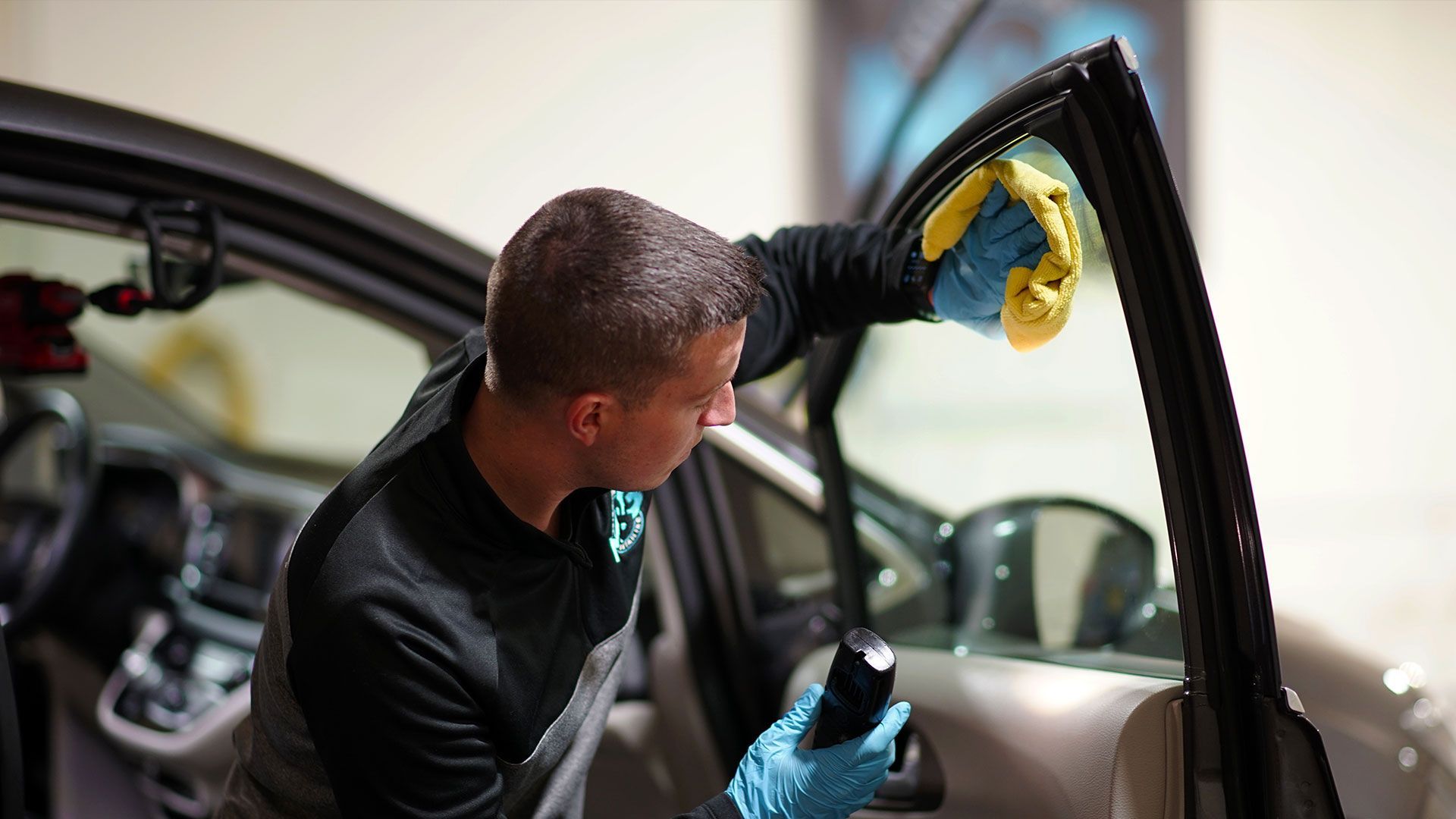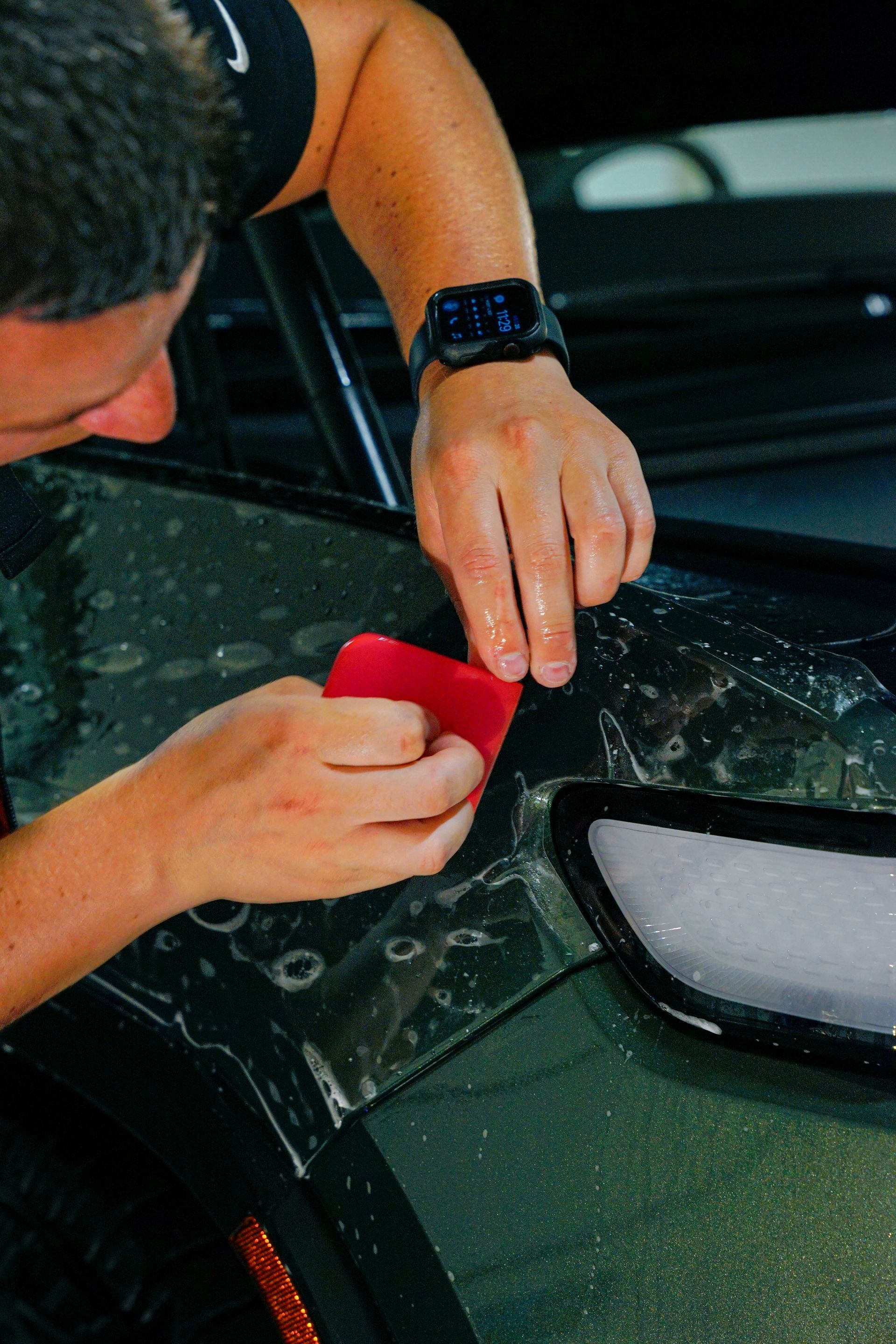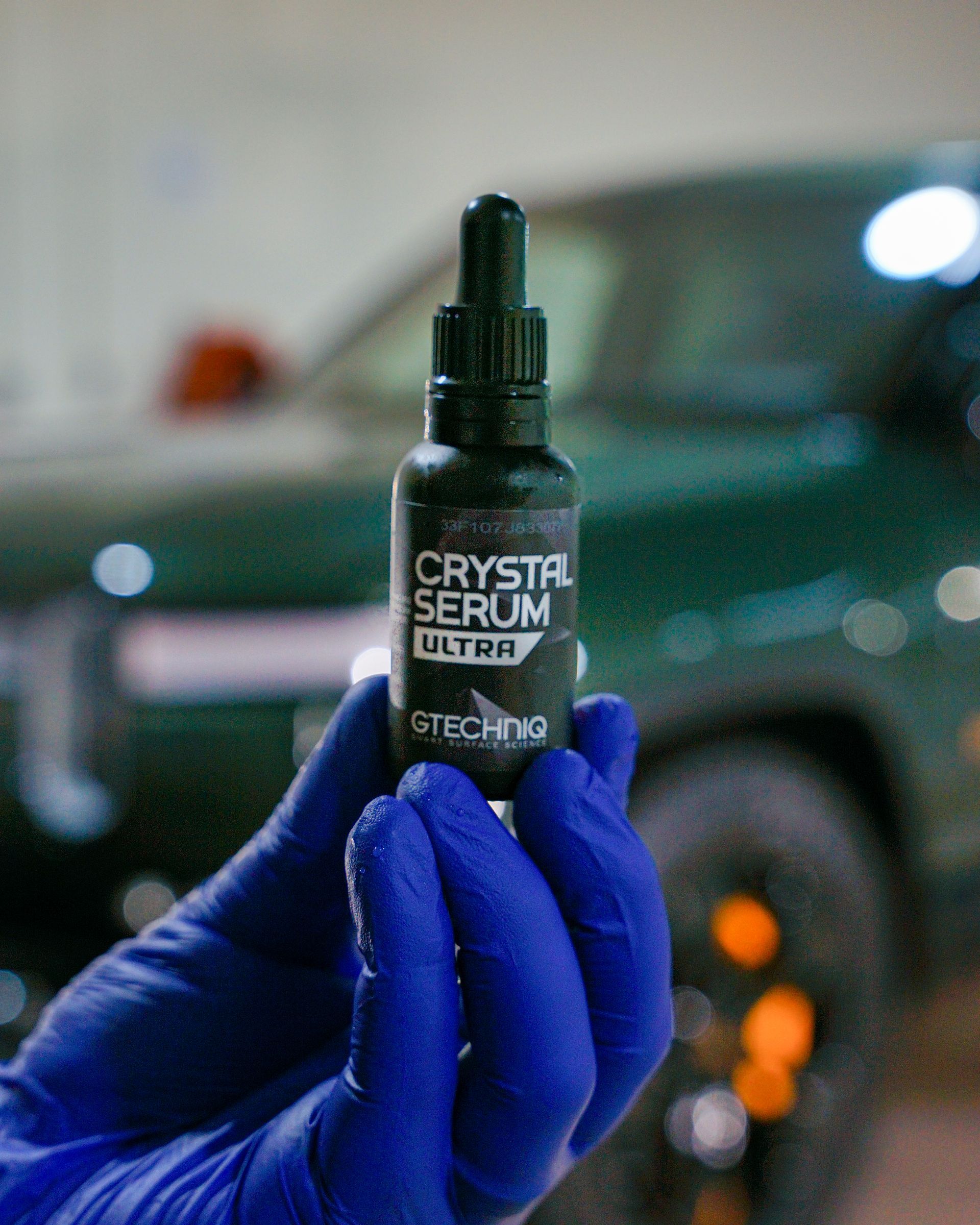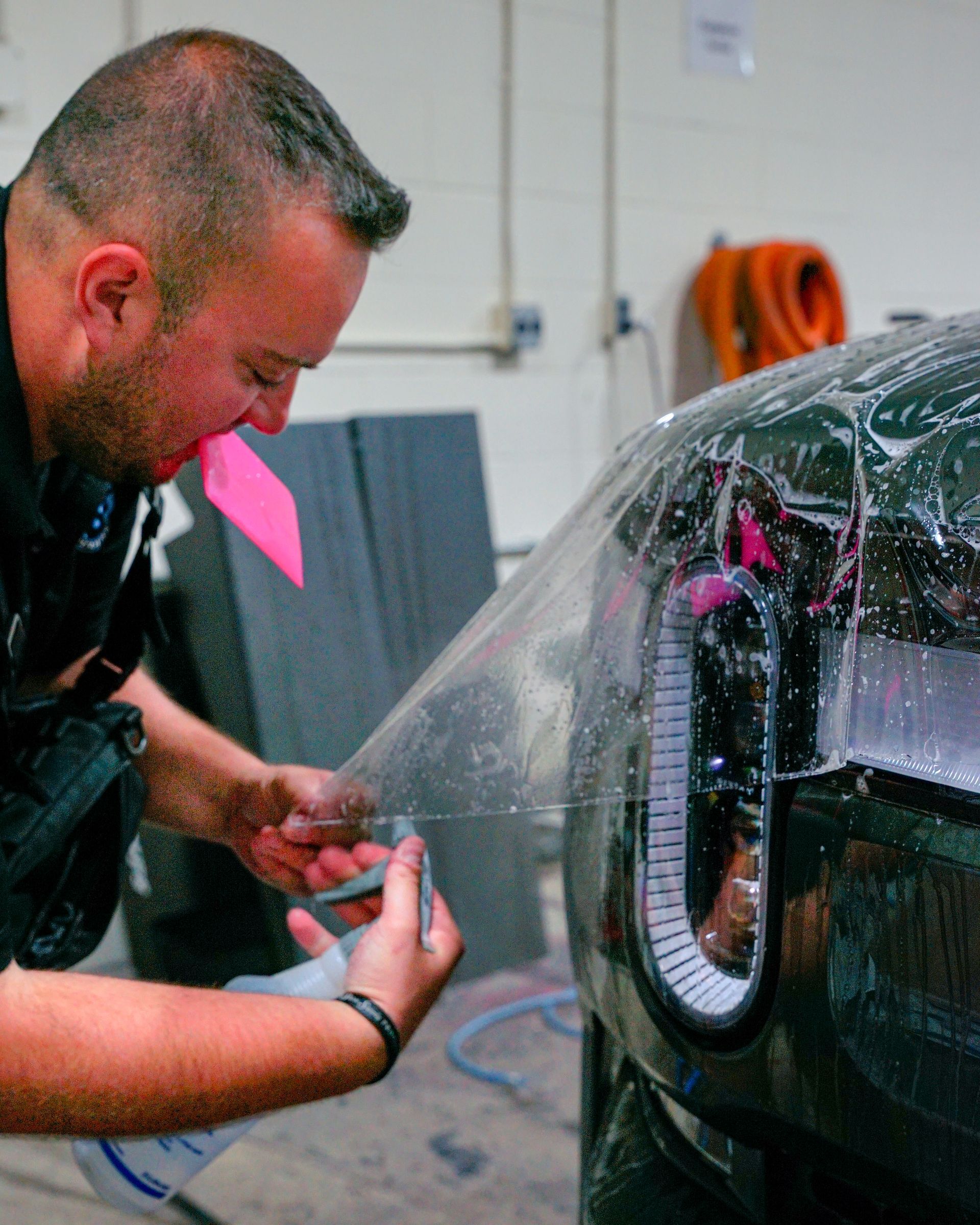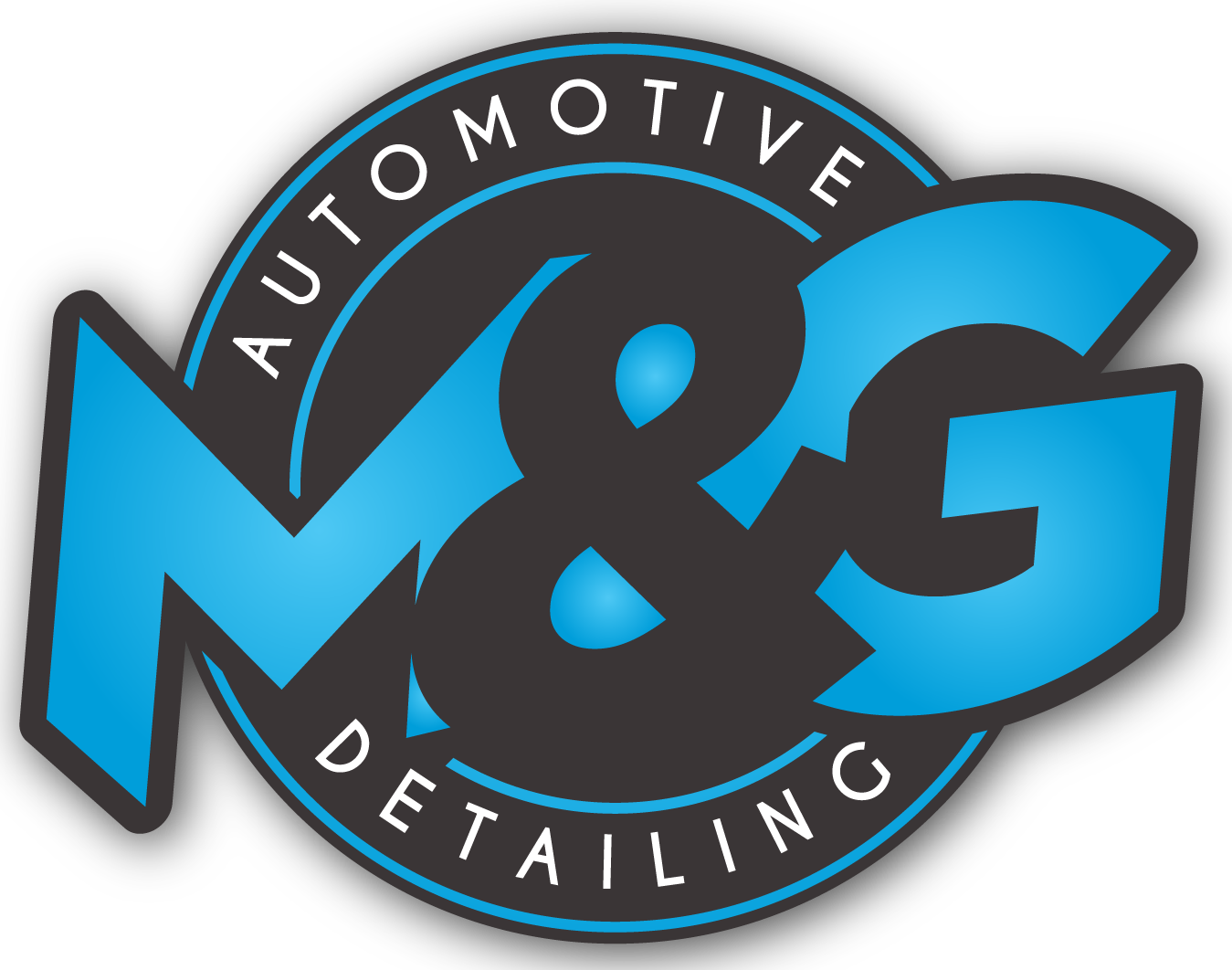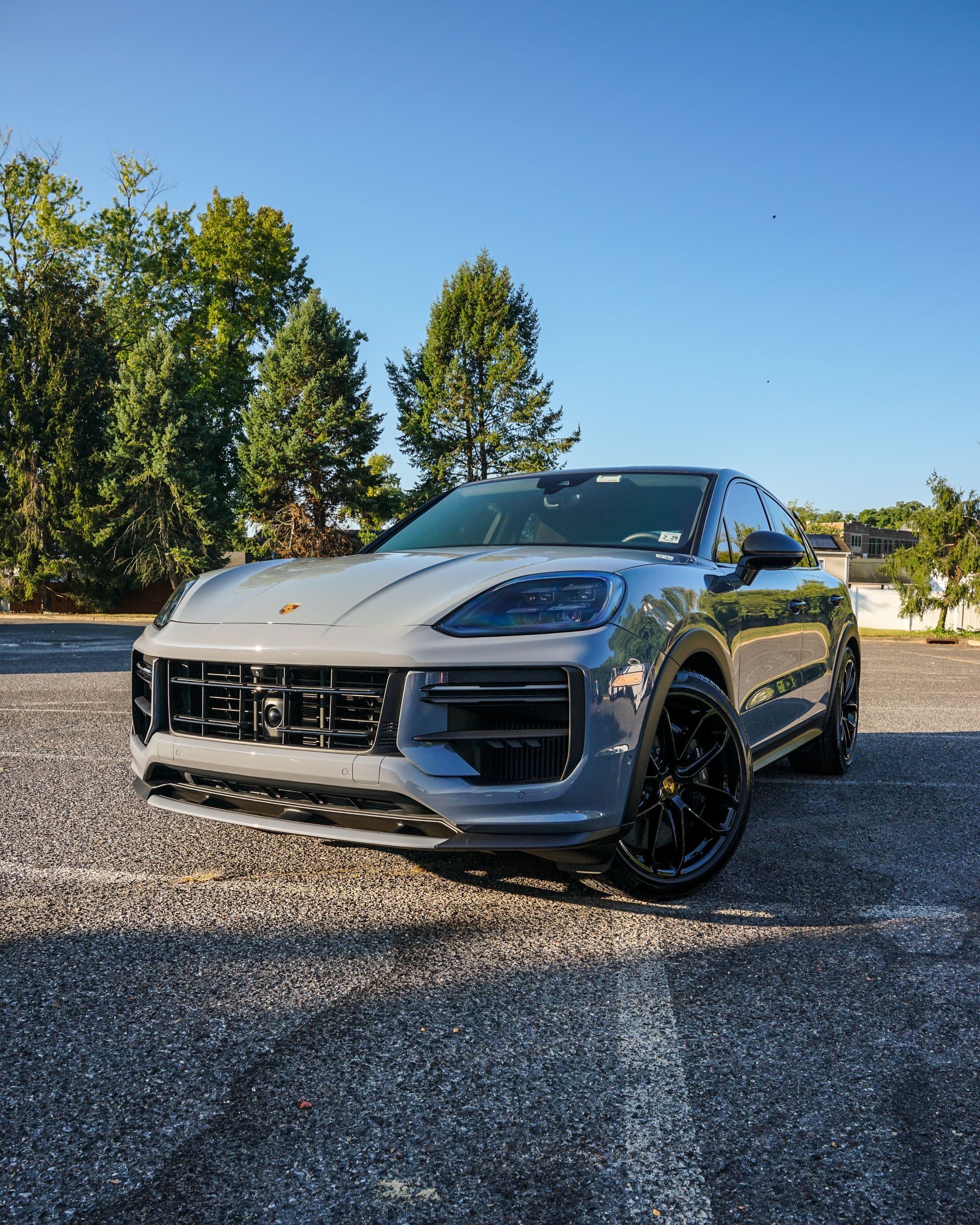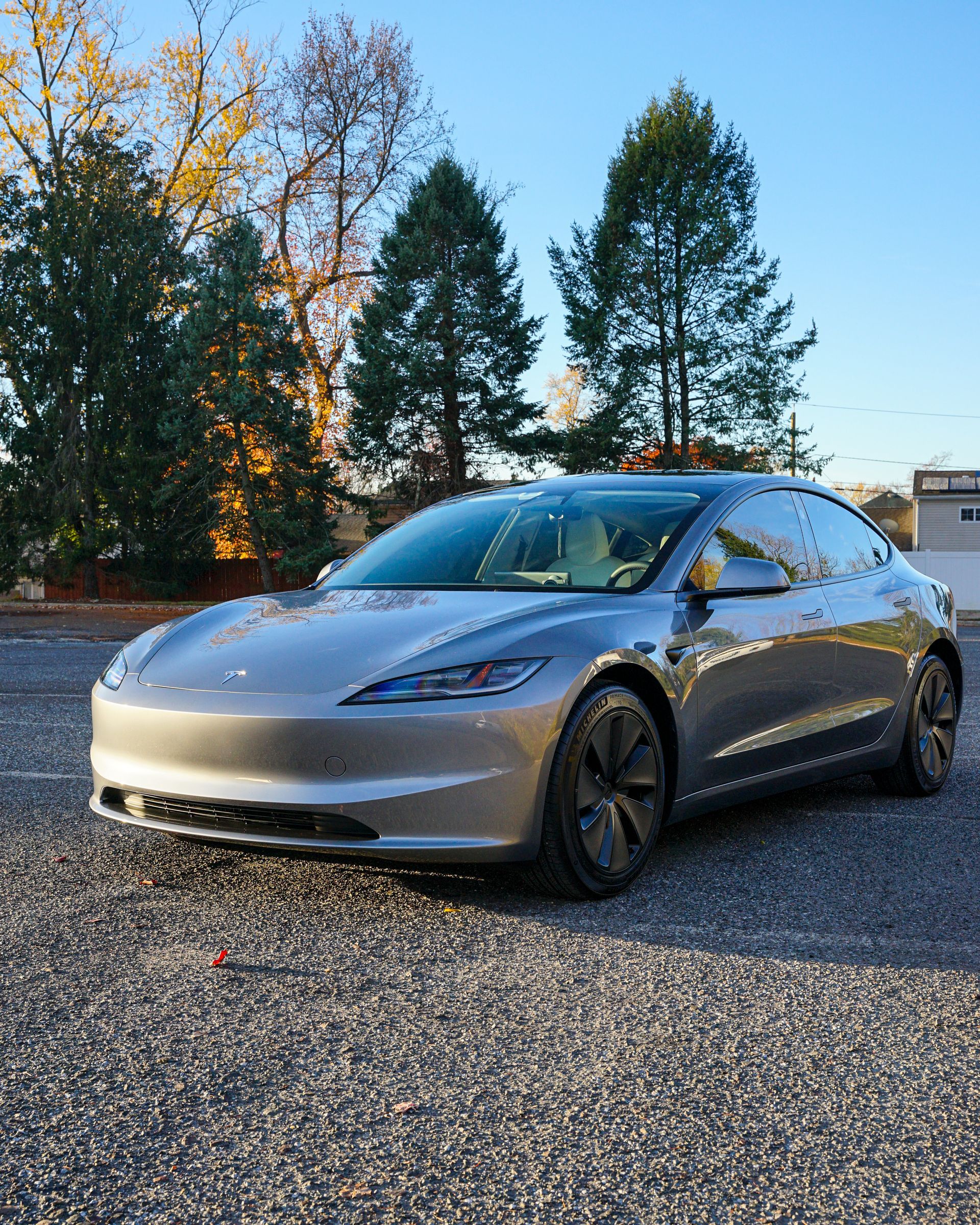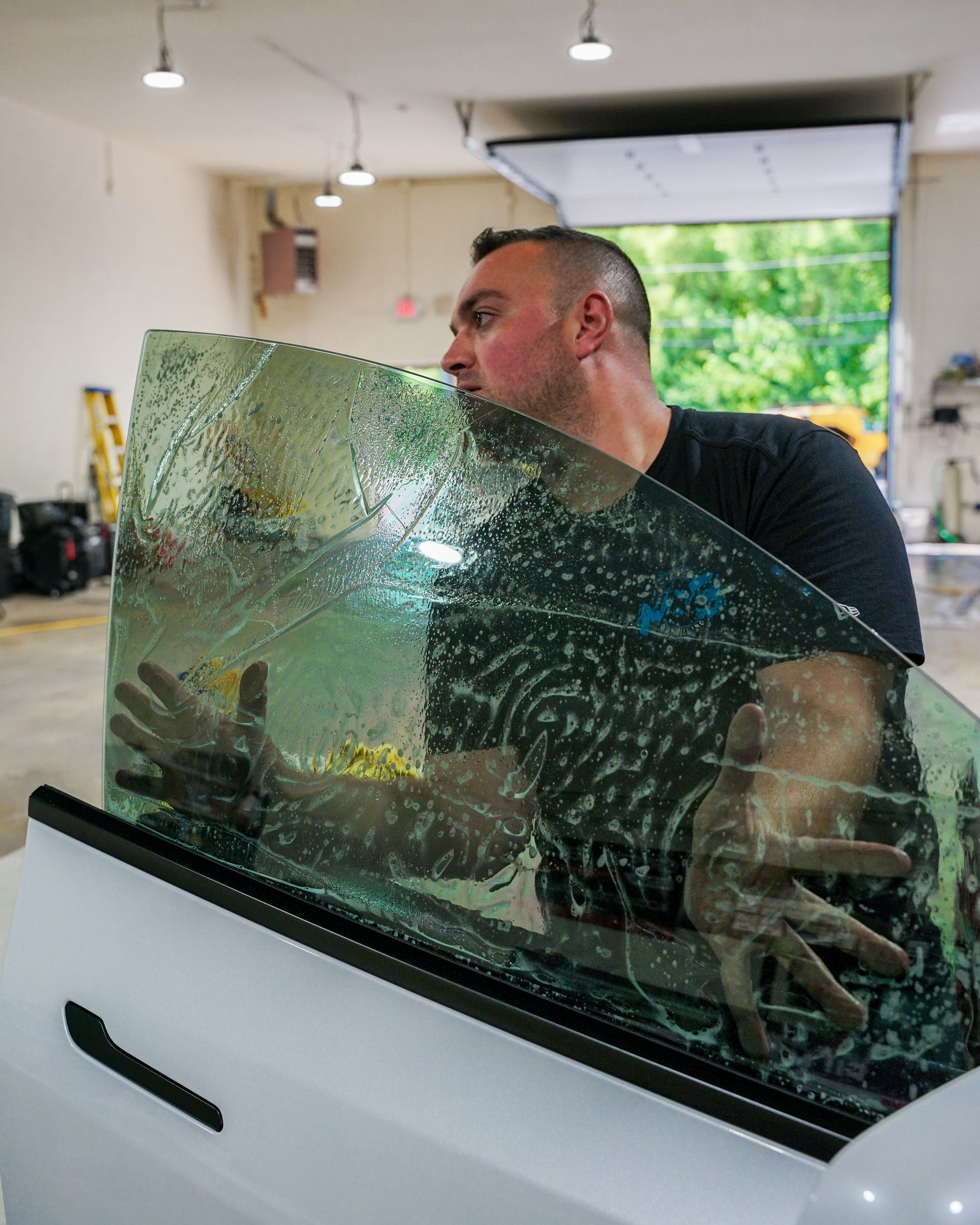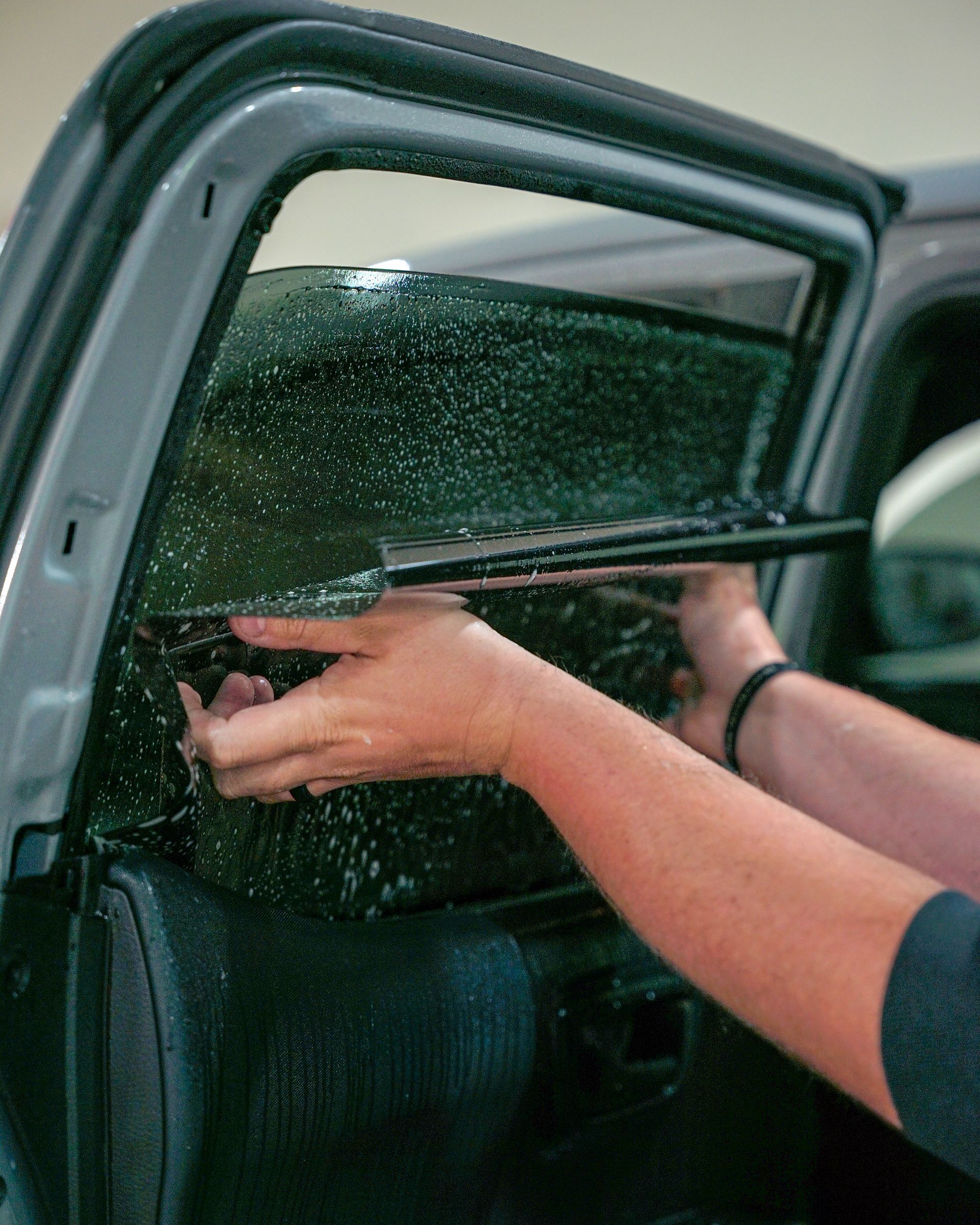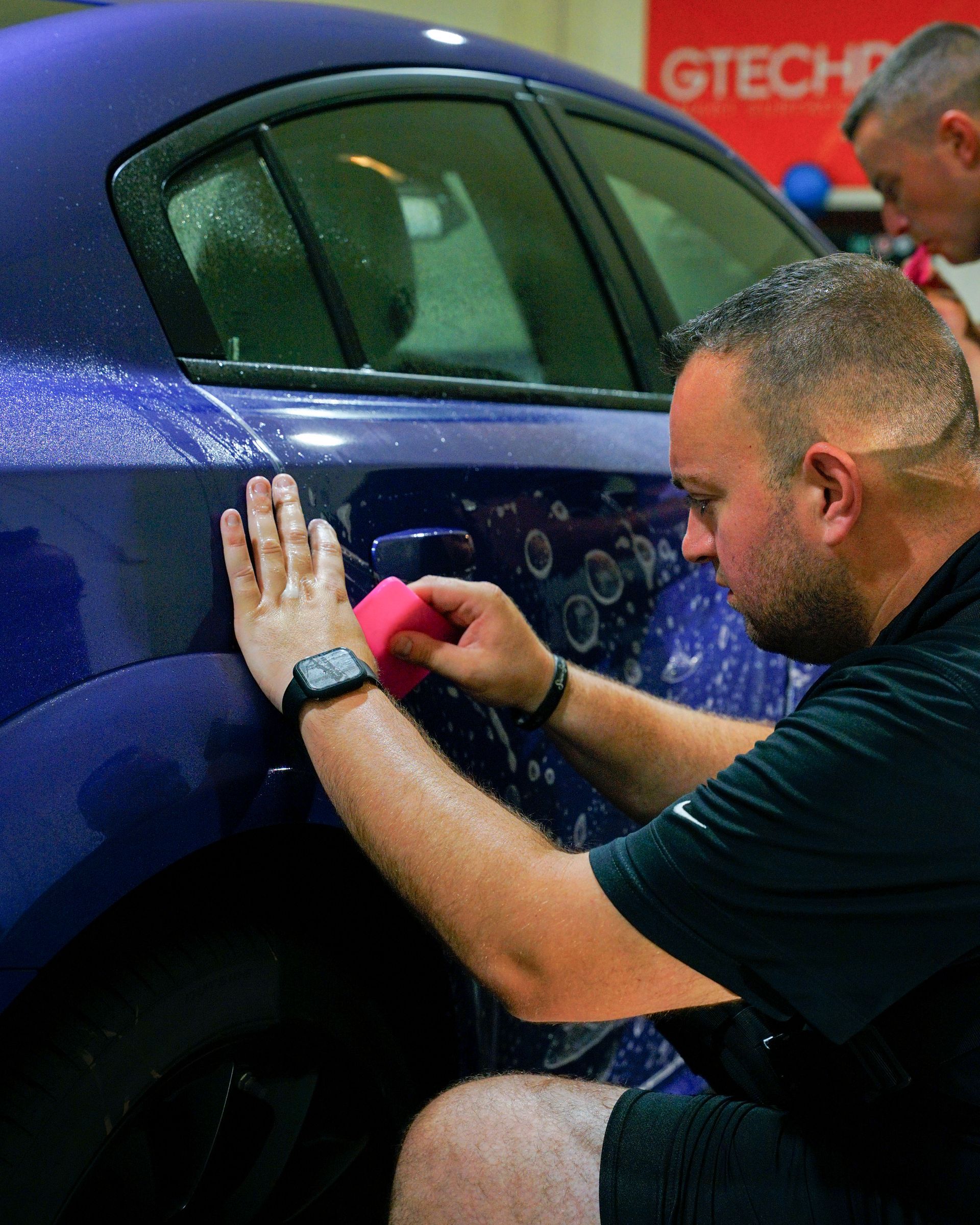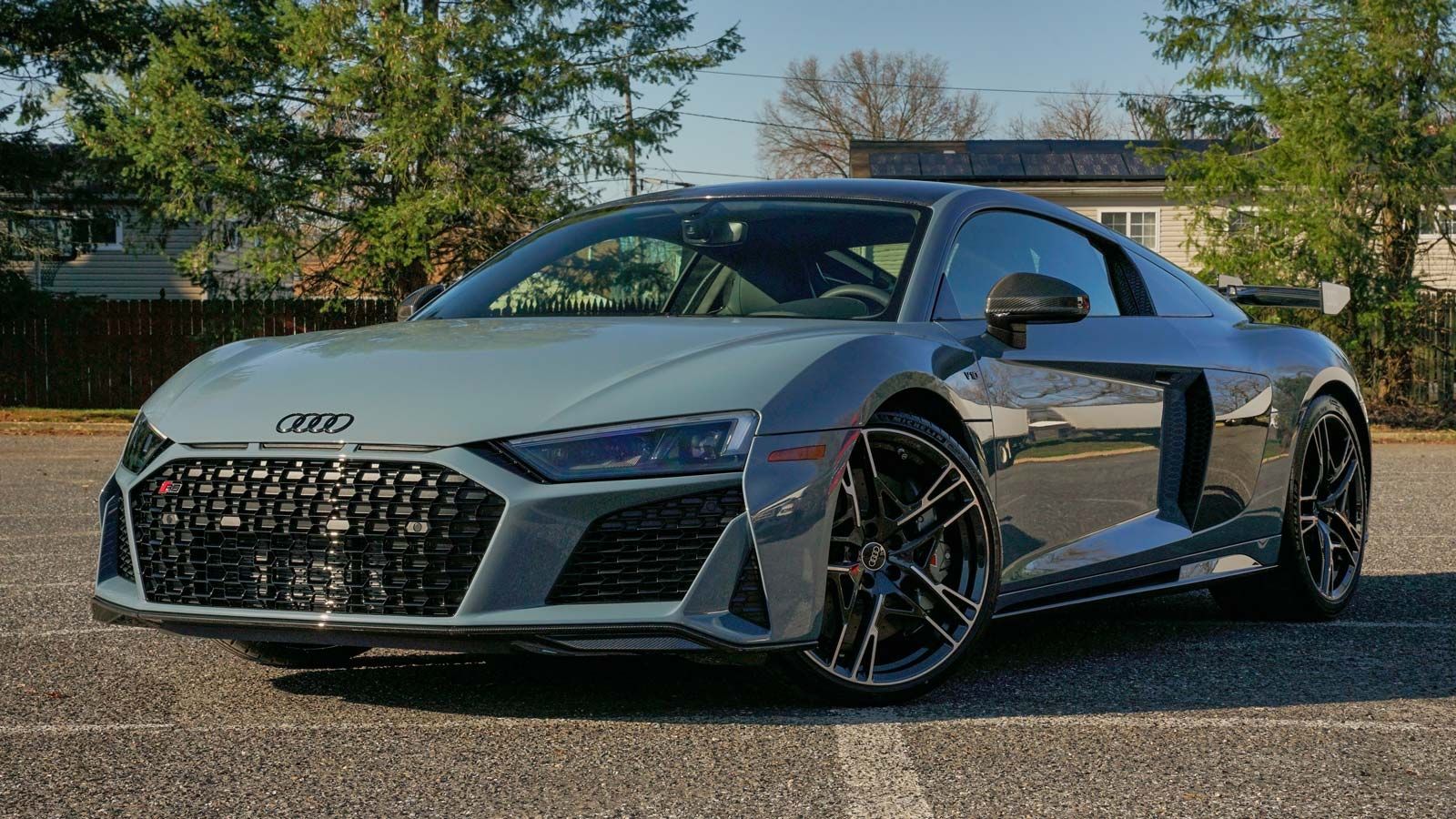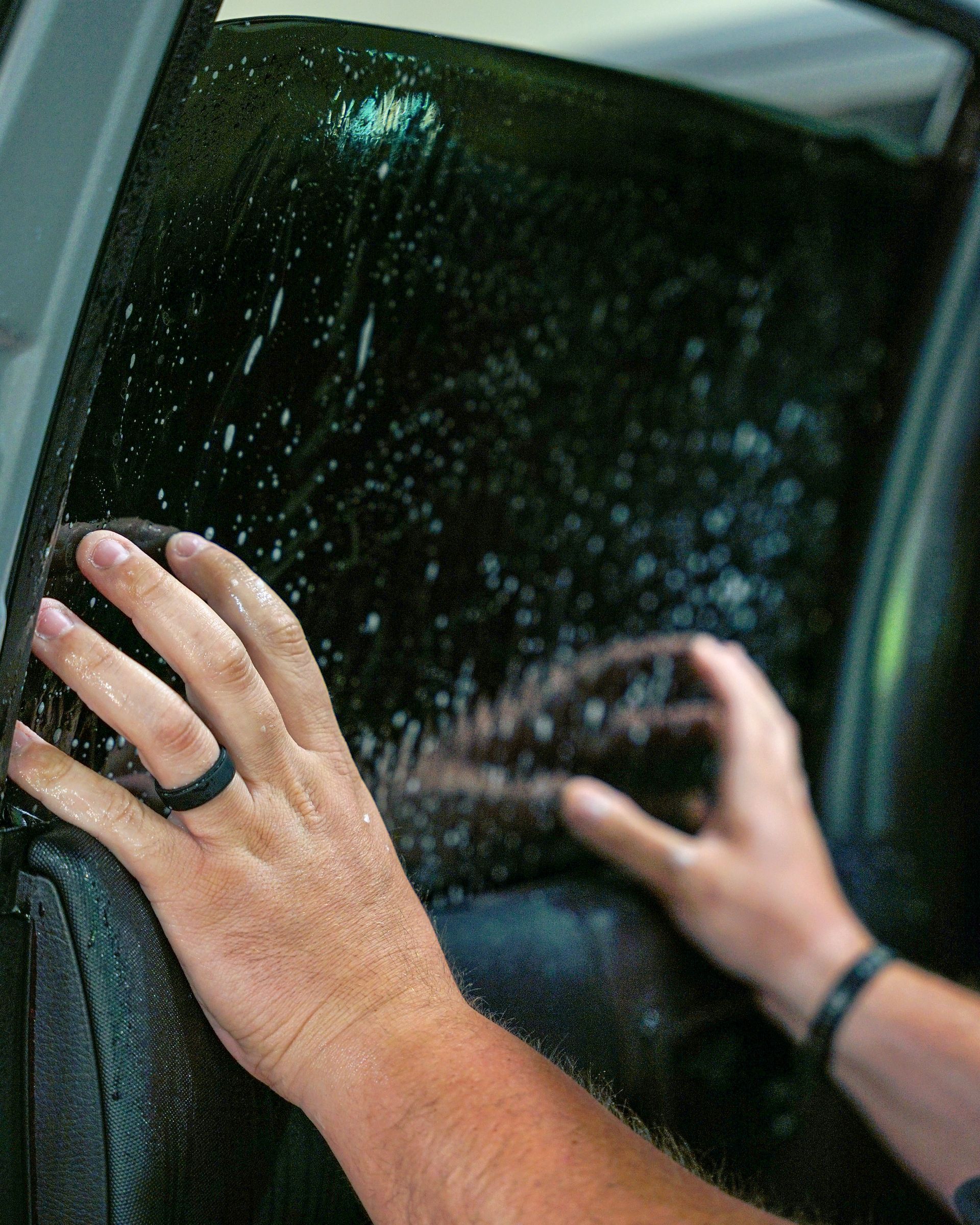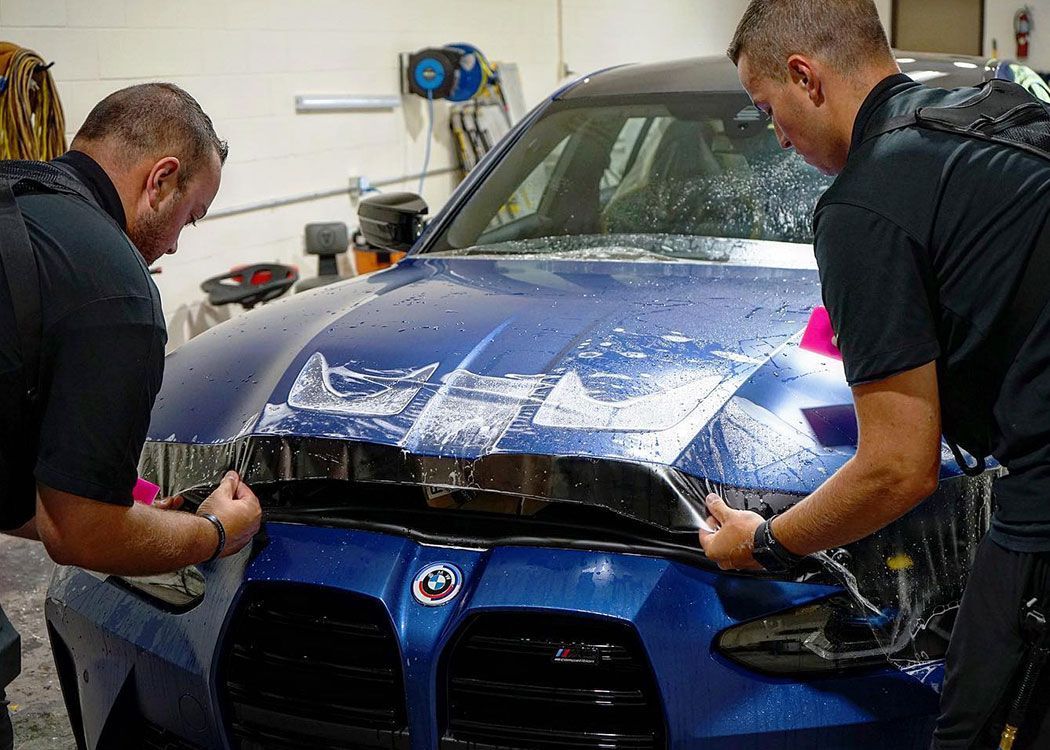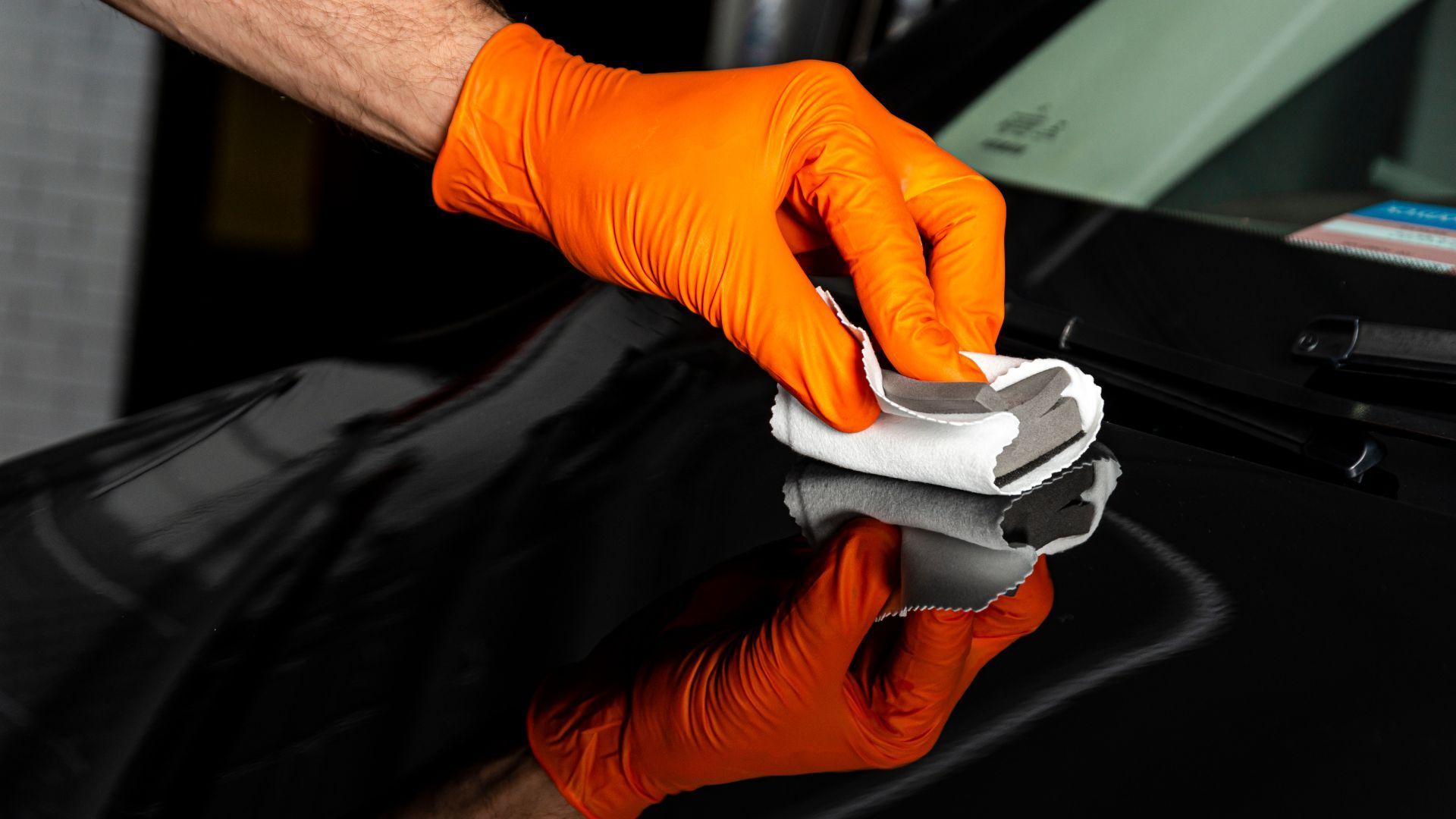Window Tinting: A Smart Choice for Year-Round Protection Against UV Rays
When it comes to your vehicle, comfort, safety, and style often take center stage. But have you ever thought about how window tinting fits into this picture? It might sound simple, yet this upgrade can make a big difference in how you experience your car throughout the year. Not only does window tinting provide a sleek look, but it also protects you from harsh UV rays and helps keep your vehicle comfortable in both summer and winter. Think of it as an additional layer of protection that enhances every ride while preserving the interior of your car. Let’s explore the many benefits of window tinting that make it a practical choice no matter what season it is.
Window tinting is a smart choice for all seasons because it provides thermal insulation, minimizes glare, and protects interior upholstery from UV damage, making driving more comfortable in both hot summers and cold winters. Additionally, it helps reduce fuel costs by retaining heat during colder months while ensuring safety and privacy year-round.
All-Season Benefits of Window Tinting
One of the unsung heroes of window tinting is its thermal insulation. While many think of tinting primarily for sun protection during scorching summers, it can significantly enhance the warmth within your vehicle throughout the winter months as well. Imagine getting into a car that has been parked in a cold environment; with tinted windows, you may notice that it retains heat longer, effectively reducing your reliance on the heater. This means not only could your fuel costs decrease, but you also contribute to a more eco-friendly driving experience—lower gas consumption leads to reduced carbon emissions in our atmosphere.
In addition to thermal regulation, window tinting actively works to minimize glare. During winter, especially when snow is abundant, sunlight reflects off the surface and can create blinding conditions for drivers. Tinted windows effectively filter this glare, enhancing visibility and allowing you to focus on the road ahead without straining your eyes. Reducing eye fatigue contributes greatly to overall driving safety.
Protecting Your Vehicle's Interior
Another vital benefit of tinted windows lies in upholstery protection. During any season, UV rays damage your car's interior over time. However, many people might not realize that UV exposure remains persistent during the winter months as well. By blocking up to 99% of harmful UV rays, window tinting helps maintain the vibrant colors of your upholstery and prevents cracking or fading. A well-maintained interior not only keeps your car looking new but can also assist in preserving its resale value down the line.
But it doesn't stop there; there are even more advantages that accompany tinted windows. Many users appreciate the safety and security features that window tinting offers. The installed film reinforces glass against shattering during accidents while enhancing privacy from potential thieves or intruders. This added layer of protection brings peace of mind—not just from break-ins, but also knowing that if an accident occurs, shattered glass is less likely to scatter everywhere.
Moreover, consider this: cars with window film can experience a reduction in glare by up to 90%! That statistic highlights just how substantial the impact can be on your overall driving experience in all weather conditions. As we shift between seasons, it's essential to understand how these facets tie together with additional long-term value considerations.
In terms of long-term investment, applying quality window tinting can actually increase the resale value of your vehicle by protecting its interior and showcasing aesthetic appeal. Additionally, before diving into any tint customization options, it's critical to familiarize yourself with local regulations regarding darkness levels; being informed ensures compliance while enjoying the myriad benefits that come along with having tinted windows throughout every season. Moving forward, we'll explore ways in which these benefits extend further into energy savings and efficiency throughout different times of the year.
Energy Efficiency Across Seasons
In today's climate-conscious world, energy efficiency is an important consideration for homeowners and business owners alike. Window tinting stands out as an effective solution with a multitude of benefits that extend beyond aesthetics. By minimizing heat transfer, window films help regulate indoor temperatures, leading to considerable energy savings throughout the year.
Imagine that on a hot summer day, your car’s interior can feel like an oven if left in the sun for too long. This sweltering heat prompts you to crank up the air conditioning, which can lead to skyrocketing energy bills. Yet, with quality window tinting, studies show that you might reduce air conditioning usage by up to 30%. That means less energy consumption and lower utility bills—both fantastic reasons to consider this upgrade. It's not just about comfort; think of it as protecting your wallet while caring for the planet.
As we transition into the winter months, the benefits of window tinting are equally impressive. The ability of window films to block heat from escaping through glass surfaces can lead to a reduction in heating usage by about 25%. This means your home retains warmth without overworking your heating system, allowing you to maintain a cozy atmosphere during chilly evenings without putting extra strain on your wallet.
As we consider these efficiency benefits, advancements in eco-friendly materials and innovative technologies offer even greater capabilities for improving indoor environments and reducing glare.
Comfort Enhancement and Glare Reduction
One of the fundamental benefits of window tinting is how it transforms the driving experience by creating a cozy atmosphere inside your vehicle. When you're cruising on the road, the last thing you want is the harsh sunlight making it hard to see or feel relaxed. Just think about those stifling hot days when stepping into your car feels like entering an oven! With tinted windows, that uncomfortable heat can be significantly reduced, allowing for a much more pleasant ride.
- Glare Reduction: Glare is not just annoying; it can be downright dangerous. On bright sunny days or during winter months when the sun hangs low in the sky, having clear windows can lead to compromised visibility. Tinted windows effectively decrease this glare, offering protection against dazzling reflections from other cars, snow, and water. The window film acts as a shield between that blinding light and your eyes, improving visibility and consequently enhancing driver safety. Ultimately, reduced glare means less eye strain—an essential factor that can help prevent fatigue during long drives.
- Thermal Comfort: The comfort level provided by window tints can't be overstated. A revealing study conducted by the International Window Film Association found that drivers experienced a remarkable 97% improvement in comfort levels after installing window tints. Imagine escaping the unpleasant feeling of scorching seats or steering wheels under direct sunlight! Moreover, tinted windows are adept at eliminating bothersome hotspots caused by concentrated sunlight streaming through specific areas of the vehicle. Instead of shifting uncomfortably in your seat or constantly adjusting air conditioning settings, tinted windows create a consistent thermal environment within your vehicle.
Envision those gorgeous winter mornings when frost temporarily blankets everything outside; with properly tinted windows, you can enjoy warmth inside while enjoying picturesque views devoid of distractions from discomfort or glare. Moving forward, we will explore how these features not only enhance comfort but also contribute to aesthetic appeal and practical functionality that many car owners find desirable.
Aesthetic and Practical Advantages
Many car owners choose window tinting for its visual appeal, and it's easy to see why. Tinted windows provide a sleek, stylish look that enhances a vehicle's overall appearance. From a sporty sedan to an elegant SUV, darkened glass creates sharp contrasts against the bodywork, lending an air of sophistication. But this aesthetic upgrade comes with a wealth of practical advantages that truly make window tinting a smart choice year-round.
- Enhanced Privacy: One of the most immediate practical benefits of tinted windows is enhanced privacy. By effectively obscuring the view from outside, tinted windows create a space where passengers can relax without feeling scrutinized by passersby. This increased privacy not only shields personal belongings but also fosters a sense of security. Imagine returning to your car after grocery shopping; no one wants to see your valuables laid out in plain sight. With tinted windows, it becomes much harder for would-be thieves to assess what's inside.
- UV Protection for Interiors: Beyond aesthetics and privacy, window tinting offers significant UV protection for your vehicle's interior. Prolonged exposure to harmful ultraviolet rays can lead to fading and cracking of upholstery and dashboards, which can be costly to repair or replace. Tinted films block up to 99% of these harmful rays, extending the lifespan of your car's interior components and maintaining its resale value.
In fact, according to studies, interiors treated with window film can last up to 30% longer than those without—saving you from having to replace cracked leather seats or faded plastics that diminish your car's charm. As we explore the financial implications and considerations associated with this beneficial enhancement, understanding both immediate costs and potential long-term savings will shed light on the true value of window tinting.
Practical Aspects and Cost Considerations
When we think about window tinting, it’s important to realize that while the initial investment may seem significant, it brings several long-term benefits that can significantly outweigh those costs. For instance, the average expense for professional installation ranges from $99 to $850, depending on various factors such as vehicle type, window size, and the kind of film used. Understanding these financial considerations can help prospective buyers see why tinting is not only a worthwhile investment but also a practical one.
The beauty of window tinting lies in its ability to offer immediate benefits alongside long-term savings. Once installed, many drivers notice a difference in cabin temperature during hot summer days, leading to less strain on air conditioning systems. This cooling effect translates into tangible savings, with most drivers saving between $50 to $150 annually on fuel costs simply due to improved energy efficiency. Over a few years, those savings add up—essentially offsetting that initial expenditure for the tint itself.
In addition to fuel savings, there’s the bonus of protecting your vehicle's interior from fading and wear caused by UV rays. High-quality window films serve as a barrier against harmful rays, which can deteriorate upholstery and dashboard materials over time. This preservation can save hundreds—potentially thousands—in repair costs or replacements needed later down the line. Beyond just fuel savings and interior maintenance, consider these additional financial advantages:
- Initial Cost: Generally falls between $99 and $850, depending on factors outlined previously.
- Annual Fuel Savings: Typical savings land between $50 and $150 each year.
- Extended Interior Lifespan: Protects against sun damage, saving hundreds in potential repairs or replacements.
- Resale Value: Tinted windows can enhance resale value and attract more buyers since they imply a well-maintained vehicle inside and out.
It’s also crucial to factor in legal considerations pertaining to tinting laws, which vary state-to-state. Understanding these regulations can save drivers from costly fines that may arise from improper tint levels. By taking time to review local laws before proceeding with installation, you ensure compliance while avoiding unexpected fees. With all these financial and practical elements at play, investing in window tinting offers numerous benefits that extend beyond aesthetic improvements. Next, we will explore further reasons why adding this feature could enhance your driving experience and vehicle longevity.
Why Window Tinting is a Smart Choice
When you think about your car, you may not immediately consider how window tinting can enhance your driving experience. In fact, window tinting is like adding an extra layer of defense and comfort to your vehicle. Imagine embarking on a hot summer day, the sunbeams glaring through your windows and creating a sweltering interior; tinted windows can help reduce that unbearable heat by up to 80%, leading to a much more pleasant atmosphere inside your car. This means you'll need less air conditioning, saving you money on fuel—an immediate win for your budget!
Another significant benefit of window tinting is its ability to block harmful UV rays. Did you know that properly tinted windows can block up to 99% of these rays? This protection is vital not only for your skin but also for preserving your vehicle's interior, as UV rays can lead to fading upholstery and cracking dashboards.
Think of it as an investment in your health as much as in your vehicle's appearance. Moreover, enhancing your car with window tinting boosts its security features too. Tinted windows prevent prying eyes from seeing inside your vehicle, effectively keeping your belongings hidden from potential thieves. This simple investment makes your car less attractive to opportunistic burglars who might otherwise spot valuables inside and decide to break in.
Now, let’s touch upon the aesthetic side of things. Many drivers rave about how tinting their windows adds an element of sophistication to their vehicles. Whether you prefer a classic look or something trendy and modern, there's a tint out there that can suit any taste. It’s akin to putting on sunglasses—everyone looks cooler with them on! All these factors combined paint a compelling picture for anyone considering tinted windows. Whether tackling extreme summer heat or protecting yourself and your car from UV damage, it becomes clear that window tinting is not merely an optional upgrade; it’s a strategic choice for anyone looking to improve their driving experience year-round.
In summary, investing in window tinting enhances comfort, protects against UV rays, bolsters security, and elevates aesthetics—all essential elements for the savvy driver today.
Professional Window Tinting Services in Cherry Hill, NJ
Transform your driving experience with M&G Automotive Detailing’s top-notch window tinting services in Cherry Hill, NJ. Our high-performance tints block harmful UV rays, reduce heat, and enhance privacy, all while giving your vehicle a sleek, stylish appearance. Whether you're looking to protect your interior, increase comfort, or simply upgrade your car’s look, our expert team ensures a flawless installation every time. Stay cool and stylish—schedule your window tinting service with M&G Automotive Detailing today and drive in comfort!
